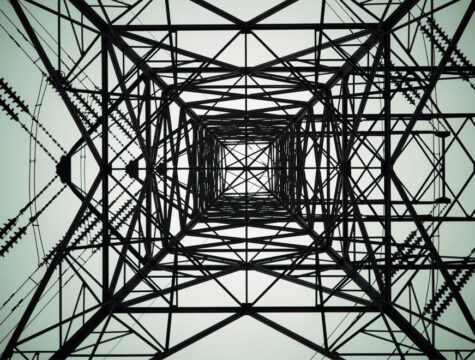Energy poverty – i.e. a situation in which households are unable to access essential energy services and products – is a key concept of the just and fair transition towards climate neutrality. Over the past decade the European Union has increased its efforts in reducing energy poverty, however they remains insufficient to effectively tackle the problem. The Report “European energy divide: exploring determinants and dynamics of energy poverty” by SPES partners from the Faculty of Economics of the University of Belgrade, aims to provide the latest estimates of the energy poverty rates for all European Union countries and several non-EU member states. At the same time, it aims at investigating dynamics by looking at its persistence. Researchers also investigate determinants of energy poverty duration states by looking at socio-economic, socio-demographic and housing characteristics. The methodological framework of the study is based on the Energy Poverty Index (EPI) which shows a clear division among European countries.
Energy Poverty Index
By observing energy poverty as a multidimensional concept that should include as many aspects of that poverty as possible, Researchers calculated the EPI as the weighted sum of an households’ self-reported perception of: difficulty heating their home adequately warm, paying utility bills and poor housing conditions. The EPI is, thus, defined as follows:
EPI=w1*Inability+w2*PaymentProblems+w3*HousingFaults.
- EPI is an index that ranges between 0 and 1 (a higher value indicates a higher level of energy poverty);
- The Inability indicator refers to the Ability to keep the home adequately warm, and takes the value of 1 if the household declared that it was unable to heat the home (0 otherwise);
- The Payment Problems indicator refers to Arrears on utility bills, and takes the value 1 if the household has reported that it has financial difficulties in meeting obligations (0 otherwise);
- The Housing Faults indicator refers to Living in a home with a leaking roof, or the presence of damp and rot, and takes the value 1 if the household declared that the mentioned damage to the house exists (0 otherwise).
- w1, w2 and w3 are the corresponding weights with w1=0.5, and w2=w3=0.25.
The EPI was then calculated for 29 European countries, mainly EU and several partner countries, using cross sectional data from the European Survey on Income and Living conditions (EU-SILC). The goal of the EU-SILC is to gather timely, comparable data on living conditions, social exclusion, poverty, and income and it contains questions necessary to build the EPI . The period taken into consideration ranges from 2017 to 2020.
Dynamics and Policy indications
The research reveals a clear division between European countries. In general, southern and eastern countries have relatively high EPI value, on average six times larger than northern European countries. The highest energy poverty levels were found in Bulgaria, Lithuania, Portugal and Greece and the lowest in Norway, Finland, Sweden and Switzerland.
Poor housing conditions appeared to be the main component behind the energy poverty in most European countries. This result suggests that one of the priorities for policymakers to reduce it is to focus on the quality of housing conditions by increasing the energy performance of buildings and appliances.
Regardless of the level of energy poverty of the country, the probability of a household being energy poor and intensity of energy poverty rises with the increase in the size of the household, share of low-educated, unemployed people and inactive people due to health issues in the household. These factors push households into financial difficulties making them struggle to pay energy bills.
Read more on the report results and discussion
The Report 6.1 “European energy divide: exploring determinants and dynamics of energy poverty” part of Task 6.1 “Transition losers” / Work Package 6. The report has been written by Gorana Krstić – full professor and researcher of the SPES project, University of Belgrade; Marko Vladisavljević – assistant professor and researcher of the SPES project, University of Belgrade; Nemanja Vuksanović – assistant professor and researcher of the SPES project, University of Belgrade; Jelena Žarković – full professor and researcher of the SPES project, University of Belgrade.




